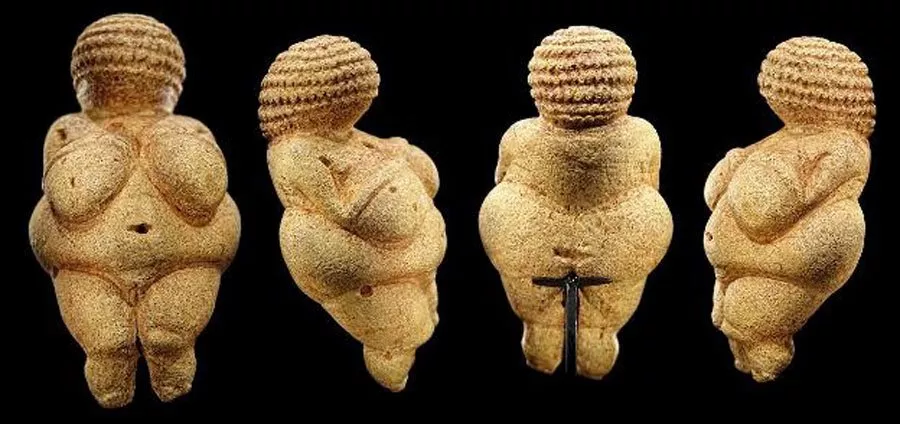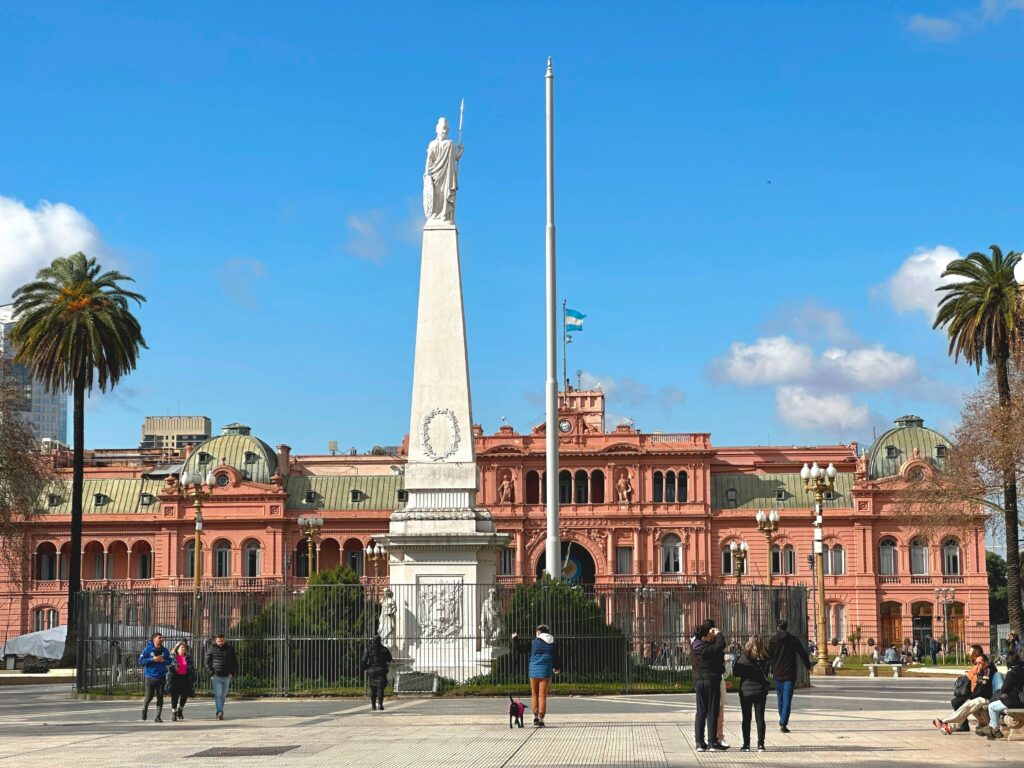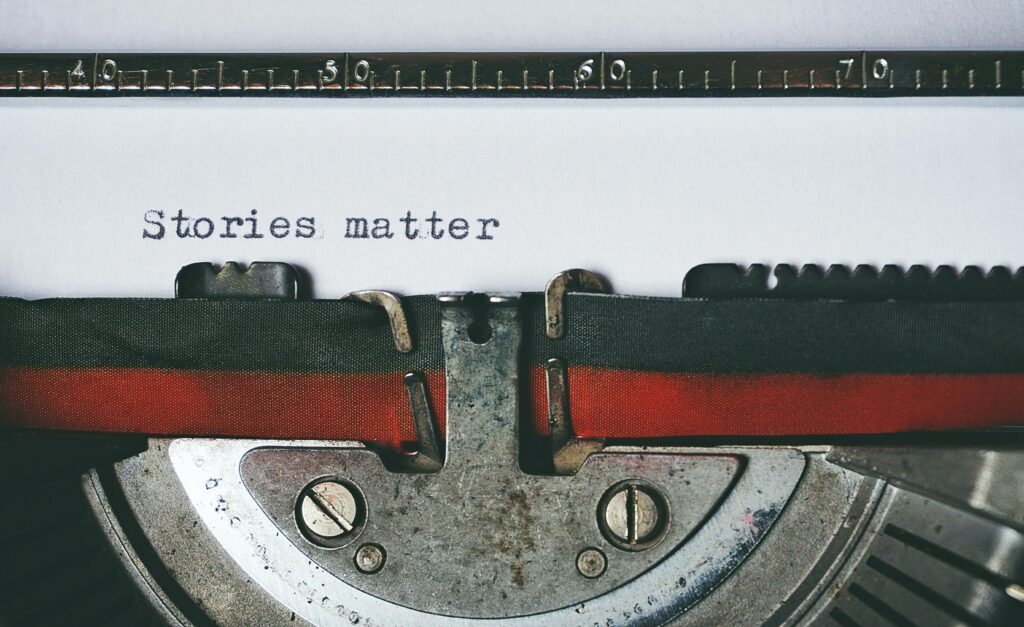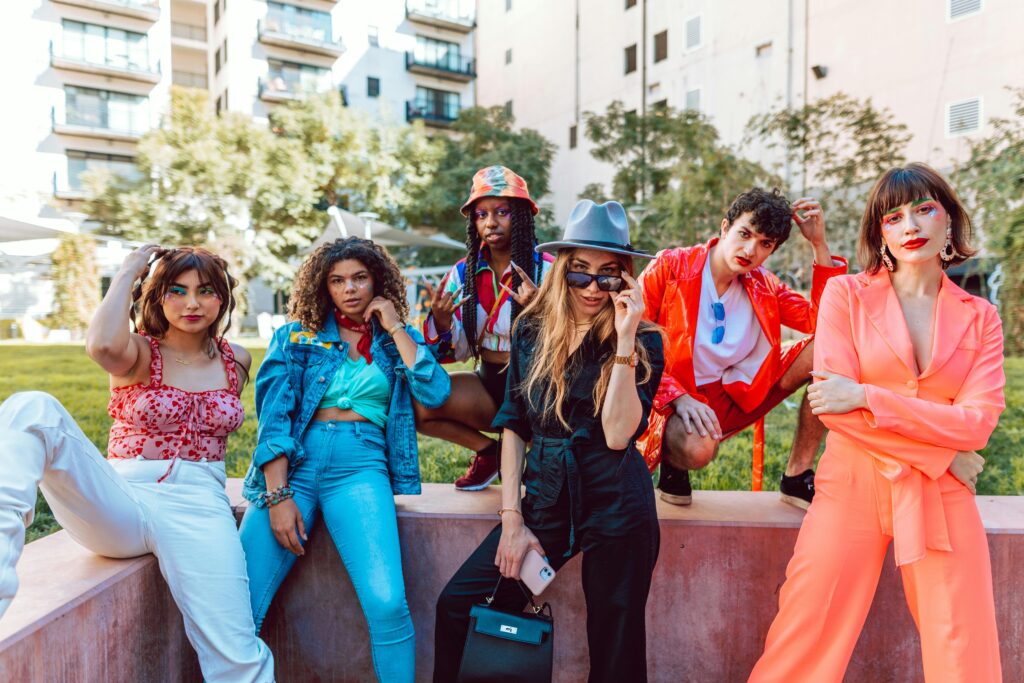When art and anthropology converge in digital activism
The evolution of humankind has not only been biological but cultural. This is the very field that anthropology delves into: the rituals, beliefs, practices, myths, values, and institutions that reflect our interactions with the environment, shaped by the social and historical context in which we are embedded.
It is a relentless quest to understand who we are and why we are this way.
The co-evolution of biology and culture
Biology provides the foundation for our behaviour and cognitive abilities, while culture shapes these behaviours, pushing beyond the limits and needs of the body.
It is through cognition that humans created language, a tool essential for forging social bonds and fostering cooperation, which are key to survival and reproduction, and thus the formation of communities.
Equally, culture can be seen as an extension of biology, one that invokes symbols, beliefs, interpretations, and unique expressions.
The connection between anthropology and art
Among the many expressions of humanity, art stands out. It not only conveys the thoughts and perspectives of a group or era but also interprets political, social, and existential matters. Art communicates what often cannot be expressed in words.
Its evolution mirrors the cultural and biological shifts of humanity, from aesthetic patterns and clothing to food, housing, beliefs, and historical milestones. A very ancient example of art as an anthropological tool is the Venus of Willendorf.

This figure dates back to the Upper Paleolithic, roughly 28,000 to 25,000 years ago, and has long been regarded as a symbol of fertility, with its wide hips believed to aid childbirth and its full breasts associated with milk abundance. Today, however, we know that this belief has been debunked.
Anthropology and technology
Human cognition has also driven technological evolution, expanding the scope of anthropological study.
Beyond traditional ethnographic research, which involves immersing oneself in a culture to understand it deeply, anthropologists must now also explore the relationship between humans and the internet.
Technology has given rise to new forms of expression and communication, creating opportunities to share opinions, critiques, and beliefs, as well as to build connections with people and cultures across the globe.
Anthropology, art, and digital activism
A research group led by students from MAL, UCL’s Postgraduate Multimedia Anthropology Programme, is conducting experiments with sound, film, VR/360 video, comics, drawing, sculpture, and installations to challenge traditional anthropological thinking and engage a broader range of audiences.
At its core lies understanding, for the manner in which knowledge is transmitted influences how it is comprehended and interpreted. More accessible material sparks greater curiosity, reaching diverse people and realities, enriching and transforming outdated perceptions and concepts.
The ontological turn is also a central pillar of MAL. This approach recognises the diverse realities and perspectives within a culture. It challenges the idea that there is a single way to understand the world, instead valuing the unique perspectives of each culture, rather than imposing an external view.
Furthermore, its multimodal nature allows the works not only to depict humans embedded in their cultures but also to act as a powerful call to action for communities in vulnerable situations. This is especially relevant for Indigenous peoples, who are among those most impacted by the climate crisis and environmental racism.
An invitation to MultiCOP
Recently, the Presidency of COP30 launched the Global Mutirão platform, a collective initiative that brings together people, organisations, and nations to address global challenges, such as climate change and health crises.
Inspired by the Tupi-Guarani concept of mutirão (Motyrõ), which involves a self-organised, collective effort to support the community in times of need, this model seeks to unite efforts to tackle challenges collaboratively, sharing resources and knowledge. The goal is to identify more effective and sustainable solutions, promoting collective well-being.
In response to this initiative, UCL MAL created MultiCOP, a free online event held alongside COP30, to discuss the planetary crisis and explore ways to mitigate the climate crisis and its effects on Indigenous communities.
The invitation is open to Indigenous communities and holders of traditional knowledge, academic researchers, professionals in the arts and creation, NGOs and community action groups, innovation industries, museum curators, and experts from various fields.





